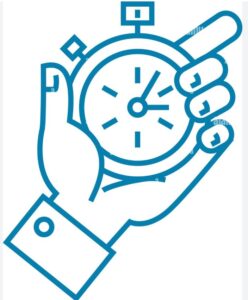![]()

Recently, I published an article titled “Balancing Code Quality with Project Deadlines – Especially When Stakeholders Disagree.” While that piece focused on navigating conflicting stakeholder expectations, I felt it was time to explore a related yet distinctly different challenge: “How to Balance Code Quality with Tight Deadlines and Changing Requirements.” Because I often hear my fellow TPMs, PMs, and Development Managers express their frustration over stress that changing customer requirements brings to them. Fact is that in today’s fast-paced software development landscape, teams frequently struggle to maintain high code quality while meeting tight deadlines and adapting to ‘evolving’ and sometimes challenging stakeholders/product owners demands. Pressure to deliver quickly, with very limited time for thorough code testing (QA), can result in rushed code, technical debt, and reduced maintainability. However, in my opinion, with best practices and right strategies, it is possible to strike a balance between speed and quality. I wanted to present a synthesis of my research and personal insights I gathered on this subject.
Deploy Coding Standards and Best Practices – This strategy will ensure consistency across codebase, Dev Teams use linting tools to detect common errors & follow best practices such as SOLID principles and DRY (Don’t Repeat Yourself) & conduct regular code reviews to maintain quality and share knowledge
Adopt Agile and Lean Principles – Scrum/Kanban, enable teams to manage evolving requirements efficiently. Break your work into smaller, manageable increments, so teams can iteratively improve code quality while meeting business needs. Meanwhile ‘Lean’ principles, deploy strategy of eliminating waste and automation of repetitive tasks, further enhance efficiency.
Leverage Continuous Integration & Continuous Deployment (CI/CD) This strategy automates testing and deployment, ensures that new code changes don’t introduce defects. Automated testing, i.e. unit tests, integration tests, and regression tests, helps maintain stability while allowing developers to move quickly.
Leverage AI and Automation for Code Quality – Deploy AI-powered tools, such as static code analyzers and automated refactoring suggestions, can help developers catch issues early. AI-driven testing frameworks can generate test cases dynamically, reducing manual effort while improving coverage
Balance Flexibility with Stability – Responding to changing customer requirements is crucial, Dev teams must also maintain a stable codebase. Establishing a clear change management process ensures that modifications are reviewed and prioritized based on their impact on quality and timelines
Evangelize a Culture of Collaboration and Communication Open/transparent communication between Devs, product managers, and stakeholders helps prevent last-minute surprises. Frequent check-ins, backlog grooming, and clear documentation ensure alignment between business needs and technical bandwidth

